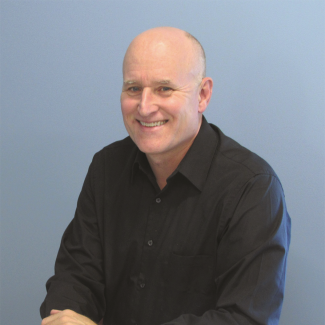The exterior wall defines the look of the building. It’s often complex. It’s dynamic. It protects occupants from the outside environment. Tracking façade trends is critical for everyone in our industry.
Every year, hundreds of projects come across my desk and into our firm. We win some and we lose some, but we get to at least assess or review all of them. In reviewing those projects, I see the trends that are shaping the façade industry, from more glass to the reemergence of stone to an increase in design-assist. This column presents 10 leading trends to watch.
1 - More glass
Architects are bringing more glass into projects in a variety of ways. Specifically:
- Custom unitized projects with an emphasis on glass, daylighting, views, visibility and connection to the outdoors.
- Lites from 75 to 120 square feet in size in unit walls, often floor-to-ceiling, or almost floor-to-ceiling, with very small, heavily insulated spandrel areas.
- More robust glass that is insulating and thicker to meet structural and flatness requirements for large sizes, different spacer options, coatings, laminates and patterns.
- Structural glass walls with and without vertical glass fins.
- Custom shaped glass such as folded, bent or leaning.
- Structural silicone glazed units, either two or four sided.
2 - Stack joints at or directly above the floor line
Our team is seeing more projects with stack joints, or expansion joints, that are aligned with the floor or within 6 inches from top of floor to top of horizontal. Many feature “drop down” anchors with recessed inserts.
3 - Panels, panels, panels
Many architects and designers seem to love panels—plate, sheet, corrugated, perforated, aluminum composite and solid aluminum; and framed, hook and pin, face screwed, glazed and more. We’re also seeing formed, profile-cut panels and fins arranged in various patterns.
However, the 2017 fire at Grenfell Tower in London has brought more careful consideration to panel selection. I am also seeing more NFPA 285 tests with ACM FR Core and other sheet and plate materials to validate use and minimize risk for installers or manufacturers.
4 - Stone, again
I’m starting to see some dimensional stone again in small doses, applied either on a rainscreen or in a unit wall. Dimensional stone is lovely, and provides a great look combined with glass and metal.
5 - “Fly-bys” and “prows”
HKS Architects’ work on Vikings Stadium seems to have made an impact. I’ve seen numerous buildings lately with the outward sloping, pointed, upward trajectory, “prow” feature.
I have also seen an increase in the use of “fly-bys,” cantilevered elements with glass and aluminum framing that protrude outside the weather line anywhere from 3 feet to 10 feet; sometimes self-supportive and sometimes supported back to a clad structure that also protrudes from the building. These aren’t original architecturally. I see them on multiple projects. There are many design issues to work through with these features. Watch out for the soffit and parapet conditions. They are “hanging out” vertically and horizontally and have to be stabilized in both directions.
6 - Design-assist
Most custom, unitized and even some stick curtain wall systems on highly visible facilities or projects of note have some form of design-assist or design-participation. This is good for the industry as it integrates the design professional with the glazing subcontractor. Integration and collaboration create understanding, shorten the design time cycle, and get everyone sharing each other’s reality.
7 - Modeling
The use of 3-D AutoCAD, Revit, Rhino and Inventor is now commonplace. Some of the more complex geometries are most easily solved in a 3-D platform and then rationalized to make it buildable.
8 - Revit coordination
The use of Revit in curtain wall and clash detection has increased again, although not as much as some would think. Some owners are requiring jobs to be modeled, plus requiring production drawings to be developed from models. Regular Building Information Modeling coordination meetings are held to coordinate between multiple trades.
9 - Thermal analysis
More projects are requiring U-value calculations per NFRC 100, dew point calculations, published reports and better validation of thermal capabilities.
10 - Consultants
Finally, the industry has seen an increase in façade, enclosure and curtain wall consultants—some good, some not
so good.
I find it a privilege to work in the this evolving field. It’s as fresh and interesting now as it was when I started over 30 years ago.


